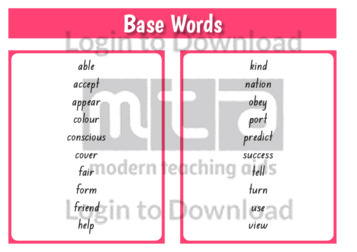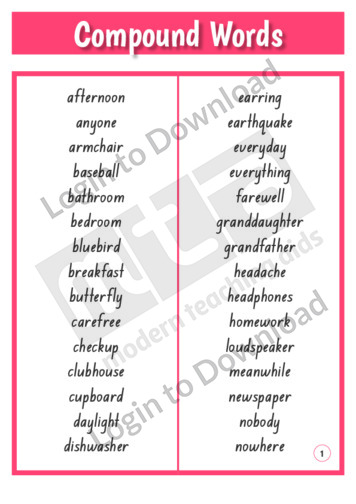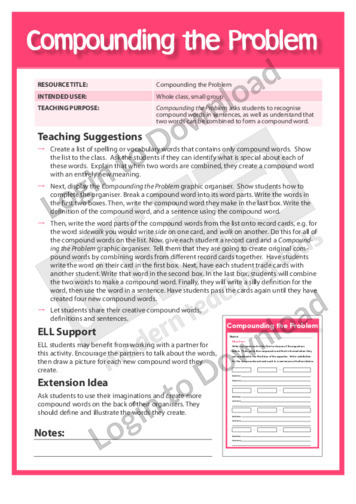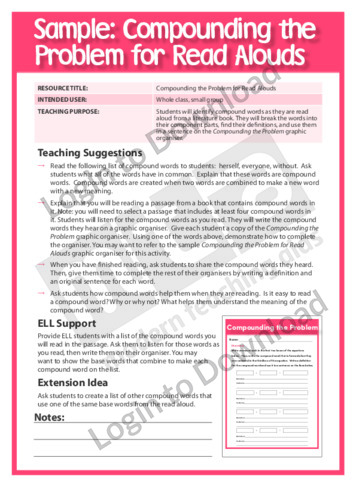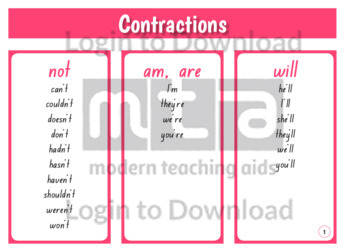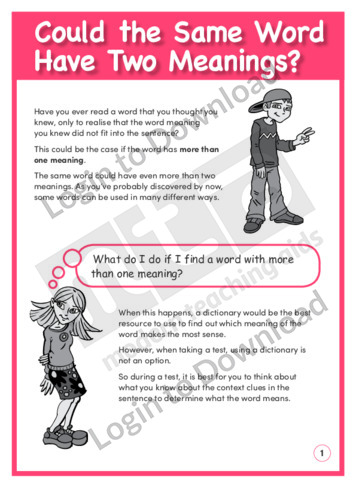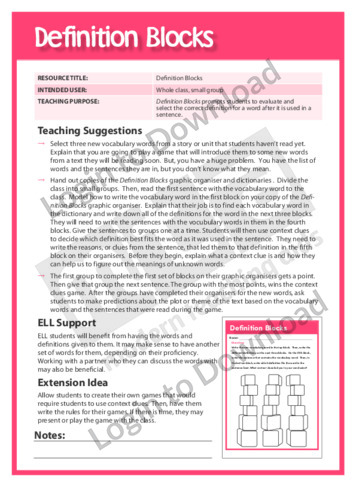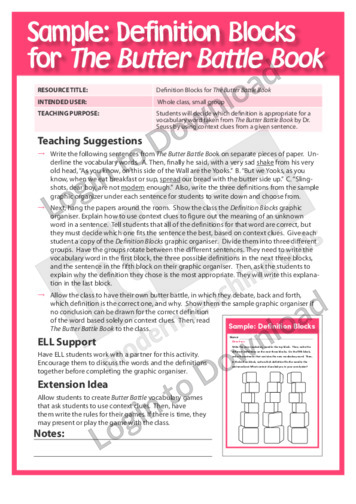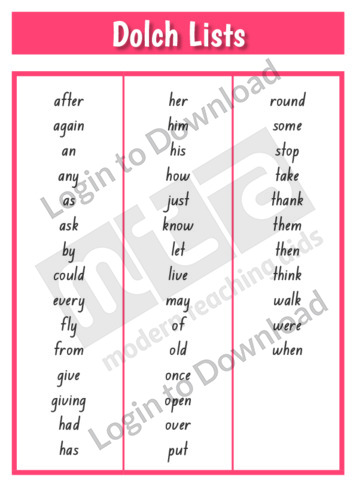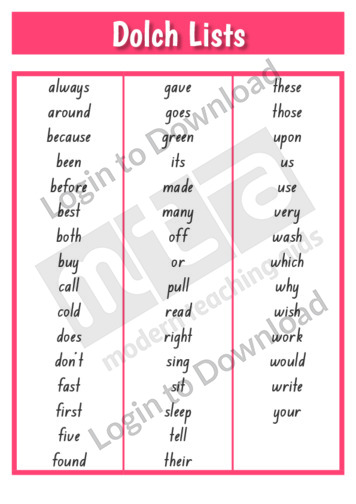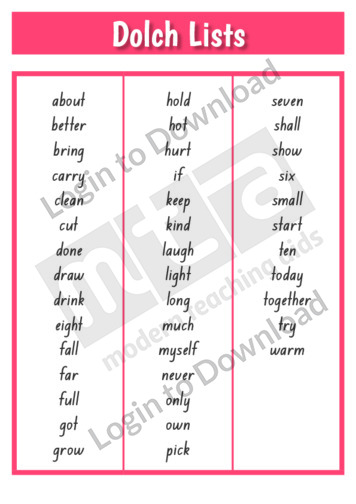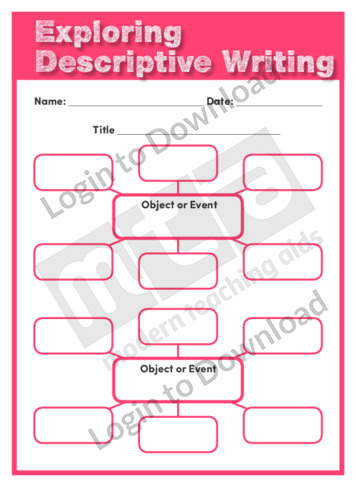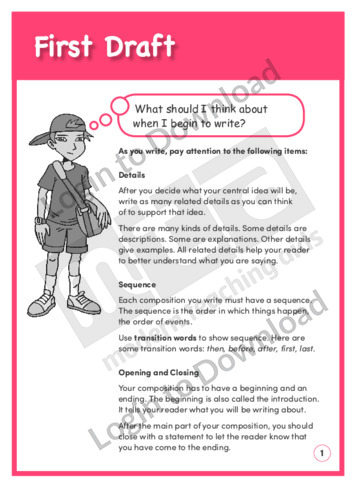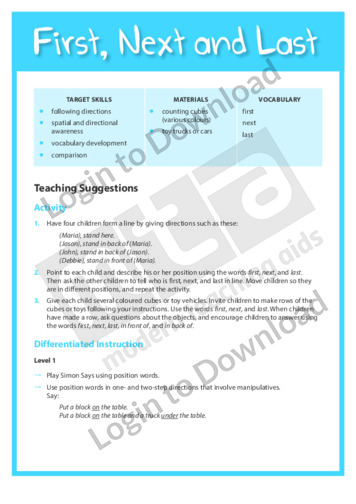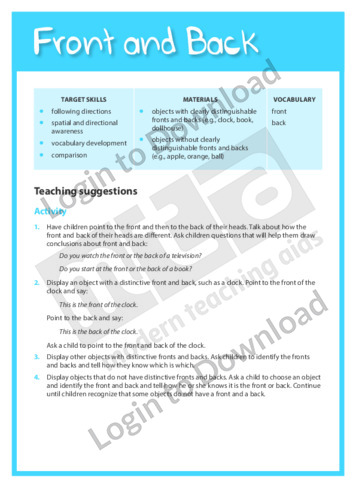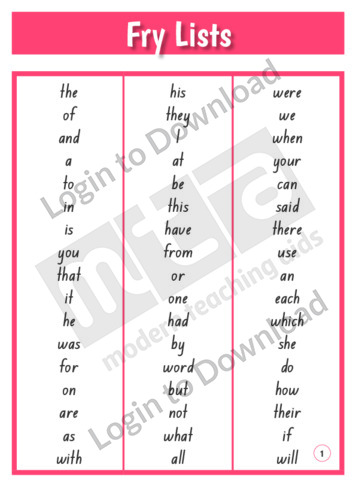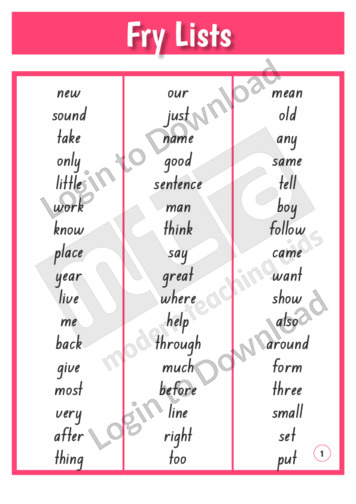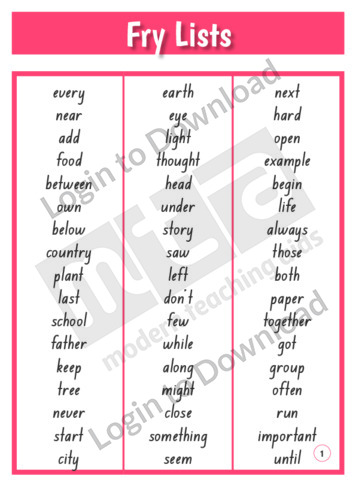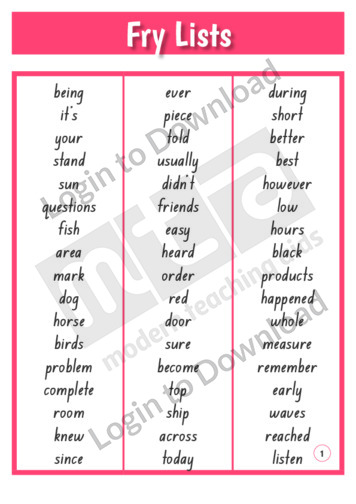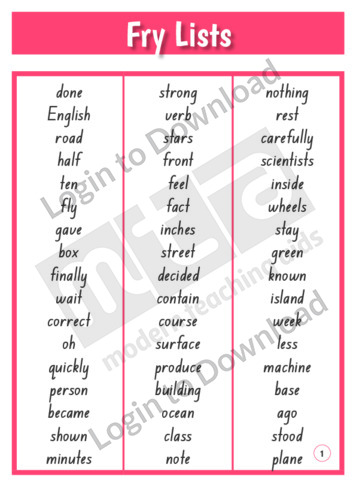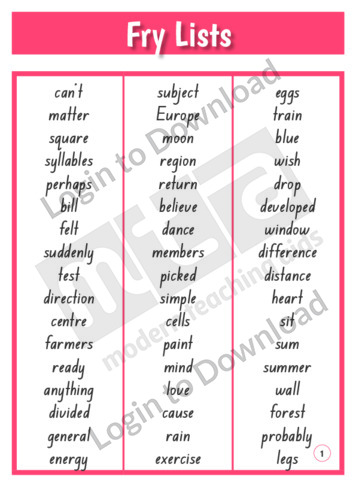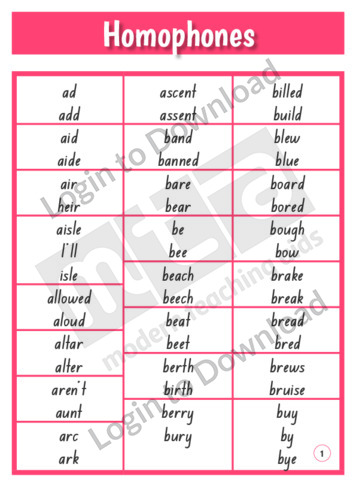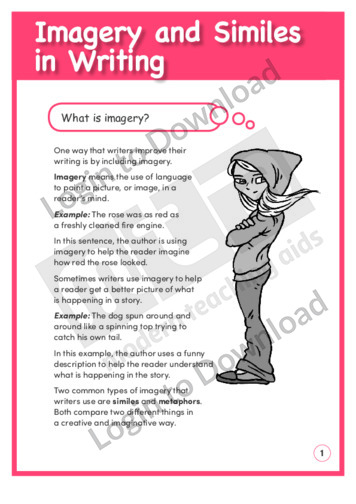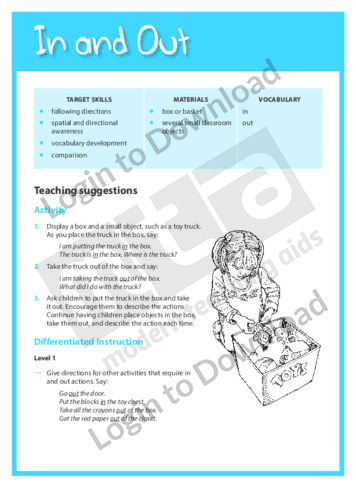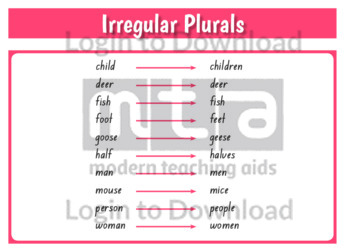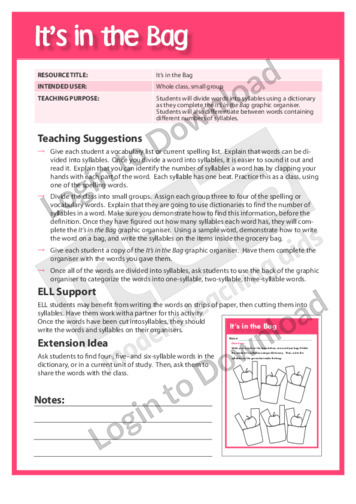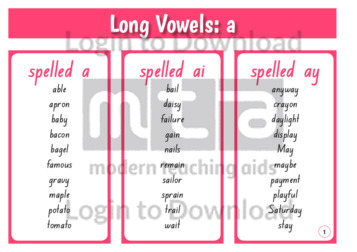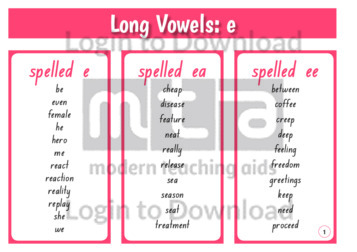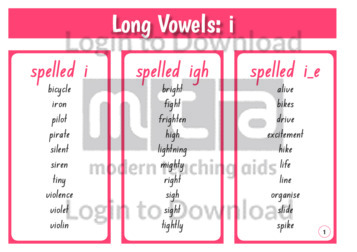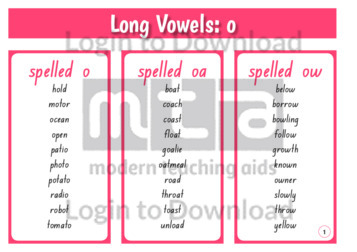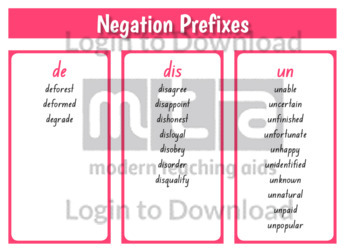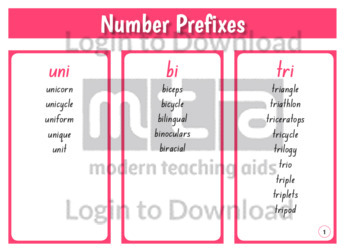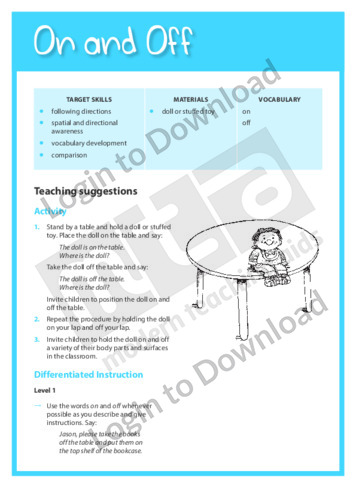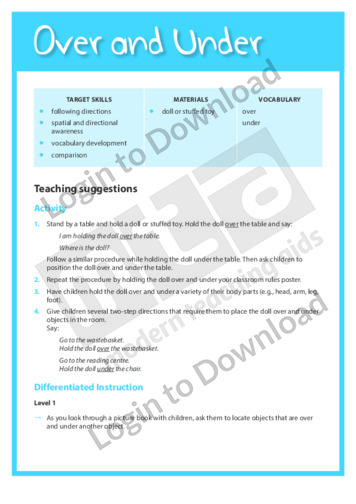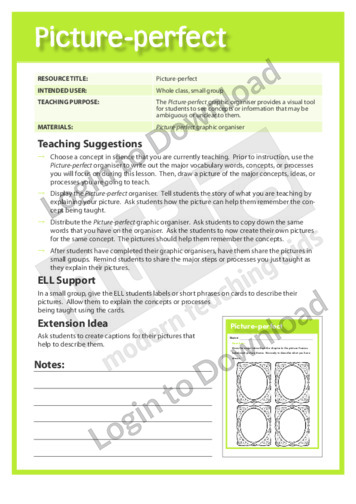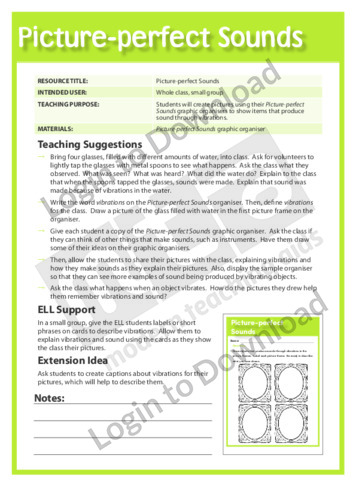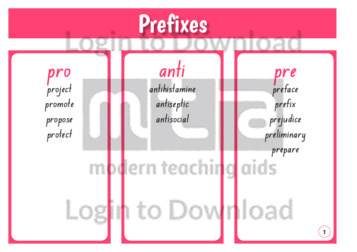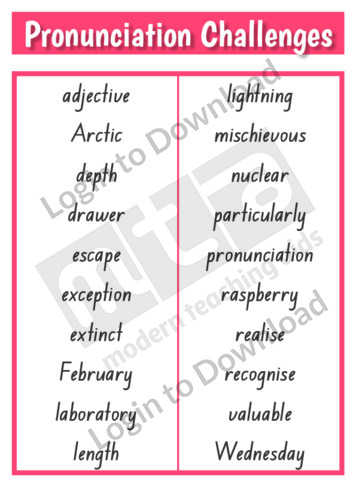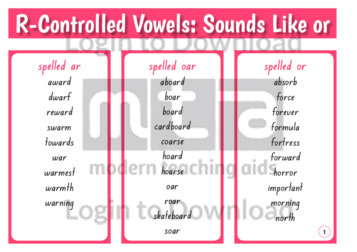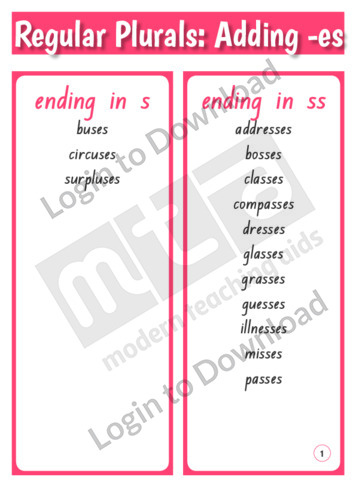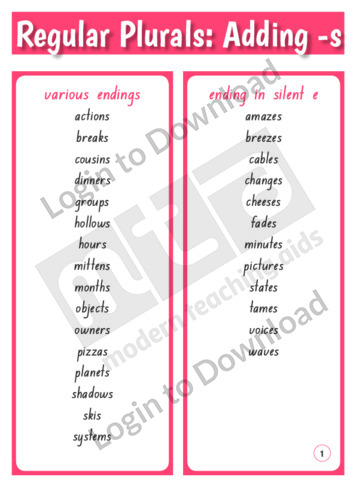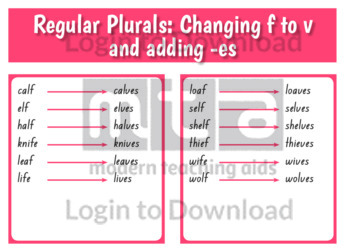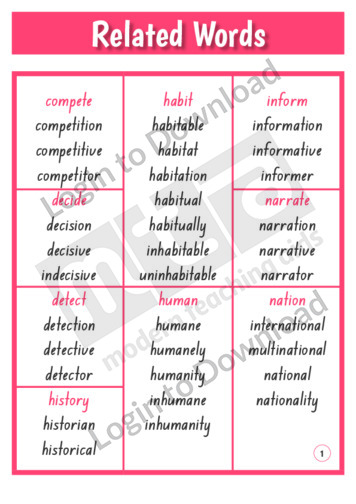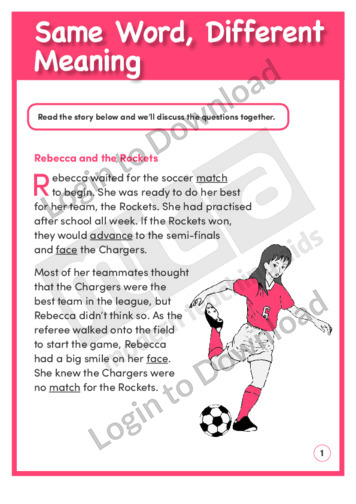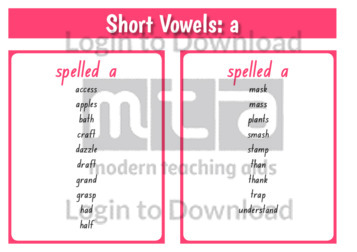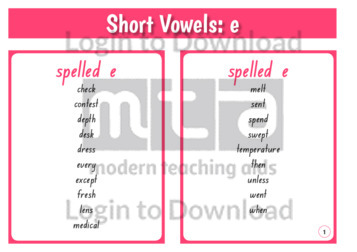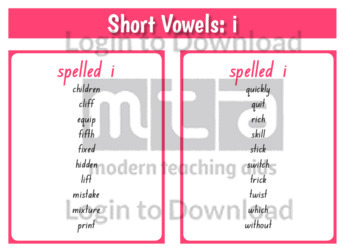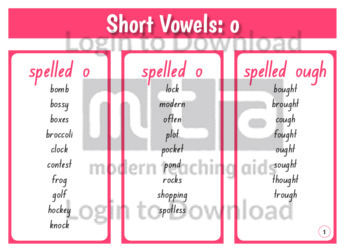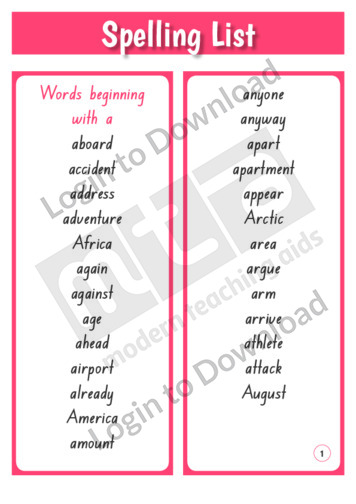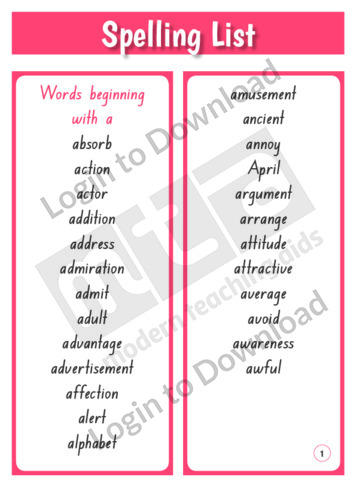This spelling patterns word list, ‘Base Words’ features some of the most frequently occurring examples of root or base words that children are likely to encounter in early reading exercises. These words are essential for building vocabulary and reading development as they will enable students to identify not only these words but also their longer …More
This spelling patterns word list, ‘Blends’ features high-frequency words with the same beginning consonant blends. It includes some of the most commonly occurring examples that children are likely to encounter in early reading exercises and is designed to aid language development.
This spelling patterns word list, ‘Compound Words’ features high-frequency words that are composed of two smaller base words. It includes some of the most commonly occurring examples of compound words that children are likely to encounter in early reading exercises and is designed to aid language development.
This graphic organiser, ‘Compounding the Problem’ asks students to recognise compound words in sentences, as well as understand that two words can be combined to form a compound word.
This graphic organiser, ‘Compounding the Problem for Read Alouds’ asks students to identify compound words as they are read aloud from a literature book, then break the words into their component parts, find their definitions, and use them in a sentence.
This spelling patterns word list, ‘Contractions’ features high-frequency words in which one or more letters have been omitted and replaced with an apostrophe. It includes some of the most commonly occurring examples of contractions that children are likely to encounter in early reading exercises and is designed to aid language development.
This quick reference chart ‘Could the Same Word Have Two Meanings?’ helps students with homonyms. It encourages students to look critically at words and to use context clues in order to ascertain their particular meaning.
This quick reference chart ‘Could the Same Word Have Two Meanings?’ helps students with homonyms and homophones. It encourages students to look critically at words and to use context clues in order to ascertain their particular meaning. In this case, the various definitions of the word ‘bark’ are examined.
This graphic organiser, ‘Definition Blocks’ asks students to evaluate and select the correct definition for a word after it is used in a sentence.
This graphic organiser, ‘Definition Blocks for The Butter Battle Book’ asks students to decide which definition is appropriate for a vocabulary word taken from The Butter Battle Book by Dr Seuss by using context clues from a given sentence.
This spelling patterns word list, ‘Digraphs’ features high-frequency words with similar pairs of letters used to create the same sound. It includes some of the most commonly occurring examples of digraphs that children are likely to encounter in early reading exercises and is designed to aid language development.
This spelling patterns word list, ‘Direction Prefixes’ introduces students to high-frequency words with prefixes that denote directionality. It includes some of the most commonly occurring examples of direction prefixes that children are likely to encounter in early reading exercises and is designed to aid language development.
This sight words list, ‘Dolch Lists 1’ features words that occur most frequently in early reading encounters. Available in different levels of difficulty, these high-frequency word lists are essential for language development as they include words which often cannot be sounded out or illustrated.
This sight words list, ‘Dolch Lists 2’ features words that occur most frequently in early reading encounters. Available in different levels of difficulty, these high-frequency word lists are essential for language development as they include words which often cannot be sounded out or illustrated.
This sight words list, ‘Dolch Lists 3’ features words that occur most frequently in early reading encounters. Available in different levels of difficulty, these high-frequency word lists are essential for language development as they include words which often cannot be sounded out or illustrated.
This graphic organiser, ‘Exploring Descriptive Writing’ supports the teaching of reading and writing by giving students a template for identifying or adding descriptive details.
This quick reference chart ‘Figures of Speech and Similes’ explains how figures of speech improve writing and how to use similes. It is aimed at introducing students to the principles of imagery and has a practical section on similes to help students make their writing more interesting and engaging.
This quick reference chart ‘First Draft’ shows students how to plan and structure their writing, and to make sure it is interesting. It is aimed at encouraging students to pay attention to the details, sequence, opening and closing of their compositions, to use word variety to make their writing interesting and to best express opinions …More
This Beginning Maths activity, ‘First, Next and Last’ encourages students to develop spatial and directional awareness by identifying the position sequence of various objects.
This Beginning Maths activity, ‘Front and Back’ encourages students to develop spatial and directional awareness by identifying the front and back of various objects.
This sight words list, ‘Fry Lists 1’ features words that occur most frequently in early reading encounters. Available in different levels of difficulty, these high-frequency word lists are essential for language development as they include words which often cannot be sounded out or illustrated.
This sight words list, ‘Fry Lists 2’ features words that occur most frequently in early reading encounters. Available in different levels of difficulty, these high-frequency word lists are essential for language development as they include words which often cannot be sounded out or illustrated.
This sight words list, ‘Fry Lists 3’ features words that occur most frequently in early reading encounters. Available in different levels of difficulty, these high-frequency word lists are essential for language development as they include words which often cannot be sounded out or illustrated.
This sight words list, ‘Fry Lists 4’ features words that occur most frequently in early reading encounters. Available in different levels of difficulty, these high-frequency word lists are essential for language development as they include words which often cannot be sounded out or illustrated.
This sight words list, ‘Fry Lists 5’ features words that occur most frequently in early reading encounters. Available in different levels of difficulty, these high-frequency word lists are essential for language development as they include words which often cannot be sounded out or illustrated.
This sight words list, ‘Fry Lists 6’ features words that occur most frequently in early reading encounters. Available in different levels of difficulty, these high-frequency word lists are essential for language development as they include words which often cannot be sounded out or illustrated.
This spelling challenges word list, ‘Homophones’ features high-frequency words that sound the same but have different spellings. It includes some of the most commonly occurring homophones that children are likely to encounter in early reading exercises and is designed to aid language development.
This quick reference chart ‘Imagery and Similes in Writing’ explains how figures of speech improve writing and how to use similes. It is aimed at introducing students to the principles of imagery and has a practical section on similes to help students make their writing more interesting and engaging.
This Beginning Maths activity, ‘In and Out’ encourages students to develop spatial and directional awareness by identifying the position of an object in relation to being in or out of an item.
This spelling patterns word list, ‘Irregular Plurals’ features high-frequency plurals that do not follow the normal pluralisation rules. It includes some of the most commonly occurring examples of irregular plurals that children are likely to encounter in early reading exercises and is designed to aid language development.
This graphic organiser, ‘It’s in the Bag’ asks students to divide words into syllables using a dictionary and differentiate between words containing different numbers of syllables.
This spelling patterns word list, ‘Long Vowels: a’ features high-frequency words containing the long ‘a’ sound. It includes some of the most commonly occurring examples that children are likely to encounter in early reading exercises and is designed to aid language development and increase phonemic awareness.
This spelling patterns word list, ‘Long Vowels: e’ features high-frequency words containing the long ‘e’ sound. It includes some of the most commonly occurring examples that children are likely to encounter in early reading exercises and is designed to aid language development and increase phonemic awareness.
This spelling patterns word list, ‘Long Vowels: i’ features high-frequency words containing the long ‘i’ sound. It includes some of the most commonly occurring examples that children are likely to encounter in early reading exercises and is designed to aid language development and increase phonemic awareness.
This spelling patterns word list, ‘Long Vowels: u’ features high-frequency words containing the long ‘u’ sound. It includes some of the most commonly occurring examples that children are likely to encounter in early reading exercises and is designed to aid language development and increase phonemic awareness.
This spelling patterns word list, ‘Long Vowels: o’ features high-frequency words containing the long ‘o’ sound. It includes some of the most commonly occurring examples that children are likely to encounter in early reading exercises and is designed to aid language development and increase phonemic awareness.
This spelling patterns word list, ‘Negation Prefixes’ features common prefixes used to negate or to indicate the opposite of a word. It includes some of the most frequently occurring examples of negation prefixes that children are likely to encounter in early reading exercises and is designed to aid language development.
This spelling patterns word list, ‘Number Prefixes’ introduces students to common prefixes that indicate quantity or form. It includes some of the most frequently occurring examples that children are likely to encounter in early reading exercises and is designed to aid language development.
This Beginning Maths activity, ‘On and Off’ encourages students to develop spatial and directional awareness by identifying the position of an object as either on or off.
This Beginning Maths activity, ‘Over and Under’ encourages students to develop spatial and directional awareness, identifying if an object is either over or under.
This graphic organiser, ‘Picture Perfect’ provides students with a visual tool to see concepts or information that may be ambiguous or unclear to them.
This graphic organiser, ‘Picture Perfect Sounds’ provides students with a visual tool to identify items that produce sounds through vibrations.
This spelling patterns word list, ‘Prefixes’ introduces students to common prefixes. It includes some of the most frequently occurring examples of words with prefixes that children are likely to encounter in early reading exercises and is designed to aid language development.
This spelling challenges word list, ‘Pronunciation Challenges’ features words that typically prove difficult to pronounce. It includes some of the most commonly occurring examples that children are likely to encounter in early reading exercises and is designed to aid language development.
This spelling patterns word list, ‘R-Controlled Vowels: Sounds Like or’ features high-frequency words that contain the ‘or’ sound but have different spellings. It includes some of the most commonly occurring examples that children are likely to encounter in early reading exercises and is designed to aid language development.
This spelling patterns word list, ‘Regular Plurals: Adding -es’ features high-frequency words that follow the ‘-es’ pluralisation rule. It includes some of the most commonly occurring examples that children are likely to encounter in early reading exercises and is designed to aid language development.
This spelling patterns word list, ‘Regular Plurals: Adding -s’ features high-frequency words that follow the ‘-s’ pluralisation rule. It includes some of the most commonly occurring examples that children are likely to encounter in early reading exercises and is designed to aid language development.
This spelling patterns word list, ‘Regular Plurals: Changing f to v and adding -es’ features high-frequency words with ‘f’ endings that change when they are pluralised. It includes some of the most commonly occurring examples that children are likely to encounter in early reading exercises and is designed to aid language development.
This spelling patterns word list, ‘Related Words’ features high-frequency words with multiple related verb, noun, adjective and adverb forms. It includes some of the most commonly occurring examples that children are likely to encounter in early reading exercises and is designed to aid language development.
This understanding text exemplar ‘Same Word, Different Meaning’ supports students to use various strategies to understand homonyms in a narrative text. It encourages students to look critically at words and to use context clues in order to ascertain their particular meaning.
This spelling patterns word list, ‘Schwa Vowels’ features high-frequency words containing the schwa vowel. It demonstrates where the schwa vowel can appear in a word, and includes some of the most commonly occurring examples that children are likely to encounter in early reading exercises. This list is designed to aid language development and increase phonemic …More
This spelling patterns word list, ‘Short Vowels: a’ features high-frequency words containing the short ‘a’ sound. It includes some of the most commonly occurring examples that children are likely to encounter in early reading exercises and is designed to aid language development.
This spelling patterns word list, ‘Short Vowels: e’ features high-frequency words containing the short ‘e’ sound. It includes some of the most commonly occurring examples that children are likely to encounter in early reading exercises and is designed to aid language development.
This spelling patterns word list, ‘Short Vowels: i’ features high-frequency words containing the short ‘i’ sound. It includes some of the most commonly occurring examples that children are likely to encounter in early reading exercises and is designed to aid language development.
This spelling patterns word list, ‘Short Vowels: o’ features high-frequency words containing the short ‘o’ sound. It includes some of the most commonly occurring examples that children are likely to encounter in early reading exercises and is designed to aid language development.
This spelling patterns word list, ‘Short Vowels: u’ features high-frequency words containing the short ‘u’ sound. It includes some of the most commonly occurring examples that children are likely to encounter in early reading exercises and is designed to aid language development.
This spelling challenges word list, ‘Spelling List 3’ features words that occur most frequently in early reading encounters. Organised alphabetically and available in different levels of difficulty, these spelling word lists are essential for language development as they include words which often prove challenging to early learners.
This spelling challenges word list, ‘Spelling List 4’ features words that occur most frequently in early reading encounters. Organised alphabetically and available in different levels of difficulty, these spelling word lists are essential for language development as they include words which often prove challenging to early learners.
This spelling challenges word list, ‘Spelling List 5’ features words that occur most frequently in early reading encounters. Organised alphabetically and available in different levels of difficulty, these spelling word lists are essential for language development as they include words which often prove challenging to early learners.
This spelling challenges word list, ‘Spelling List 6’ features words that occur most frequently in early reading encounters. Organised alphabetically and available in different levels of difficulty, these spelling word lists are essential for language development as they include words which often prove challenging to early learners.
It�s that easy!

